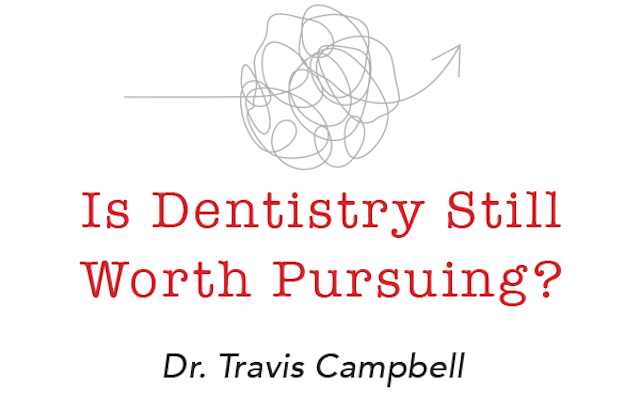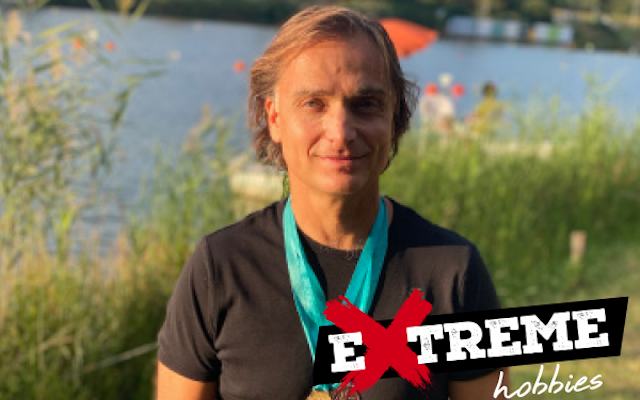When Prof. Massimo Simion goes on vacation, he’s not interested in just sitting on the beach and relaxing, though being near the water is a must. This thrill seeker wants to dive with the sharks, swim with the crocodiles and photograph the wildlife around him—even when that wildlife isn’t exactly friendly.
Italy-based Prof. Simion, known as the “father of bone regeneration,” has worked as an underwater photographer for about 15 years, merging his love of nature and filming into one hobby. He enjoys taking pictures of big, dangerous animals, including the notoriously mean hippopotamus.
“You can take pictures that have not been taken before,” Prof. Simion said of what he loves about his hobby. “And, of course, adrenaline has a role in what I do.”
Part of capturing images of these animals is knowing when it’s relatively safe to do so, or at least not quite as dangerous. For the hippos, that meant a photo shoot in shallow, crystal clear water. Prof. Simion was in his late 20s when he traveled to Kenya for this project, where he met about 10 hippos in water that was a meter and a half, or about five feet, deep.
Hippos are the most dangerous animals, Prof. Simion said, and won’t hesitate to attack and kill humans when they get too close—which is why he is one of only three or four people in the world who have successfully captured images of hippos underwater.
“When I tried to take pictures using cables that was impossible because they were too smart, so I ended up just going in the water and free diving and getting close to them and taking two or three shots,” he said. “When they started to attack me, I immediately had to run away and get to shore because they won’t follow you outside the water. That’s probably the most dangerous thing I’ve ever done.”
Prof. Simion also has completed documentaries over the years, the first in Madagascar, which is one of his favorite destinations. He traveled there four times a year during the filming, capturing the endemic animals both on land and in the water. He also completed a documentary on great white sharks, mostly in South Africa. Baja, California, and Guadalupe Island were part of the filming as well, with Prof. Simion traveling 20 hours by boat from the coast to the island so he could swim with the sharks who live in those waters.
“The water is very clear from July until the end of October, so the sharks can feed when they want and aren’t as aggressive as they are in South Africa,” Prof. Simion said. “You can go down 10 meters with the cage and then get out and swim with the white sharks. I would say it’s relatively safe, I would never say safe, but it’s not as dangerous as in South Africa where the water is very muddy and cold, and the sharks have very little food.”
More recently, Prof. Simion spent time filming crocodiles in the Okavango River in southern Africa. During July, the water there is clear and cold, so the crocodiles aren’t interested in eating, making them less aggressive. Prof. Simion was able to get very close, and even held on to a croc’s tail. Any other month that wouldn’t have been possible.
Prof. Simion has captured images and film of many different animals on both land and water over the years, but sharks remain his favorite.
“I like them because they are very elegant under the water. They are beautiful and in my experience they are not the most dangerous animals to work with because they are not very intelligent. You can understand their reactions and you can learn how to move with them relatively safely,” he said. “And many sharks are completely harmless. It’s fantastic to swim with such a big animal under the water. They’re also very gentle, like a gentle giant.”
The last trip Prof. Simion took before the COVID-19 pandemic was to the Maldives islands, where he photographed notoriously aggressive tiger sharks. Once he can travel again, he’d like to go back for more. He’s also ready for another visit to Madagascar, where he has a house on the beach. He goes to Madagascar quite often and has plans to create a book filled with his underwater photos from his various trips.
Prof. Simion loves his career as a dentist and is proud of his many accomplishments, but in “another life” he could see himself filming wildlife documentaries full time.
“For me, my work and my hobby are on the same level,” Prof. Simion said. “I put the same kind of energy and concentration into my hobby as I do my work because I have a lot of passion for both. One life is not enough to do everything you want to do.”
Do you have an extreme hobby of your own that you’d like to share? We’d love to hear about it! Email us at info@thenew.dentist with the details.
 By:
By: 


